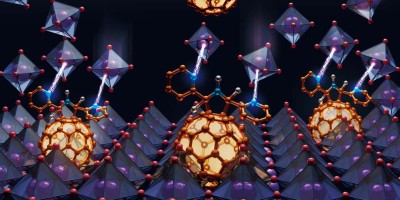The unusual nonlinear optical properties of rapidly cooled disordered ferroelectric crystals allow beam spreading to be completely suppressed, irrespective of the beam width and intensity, offering potentially important applications in imaging and all-optical beam control.

References
DelRe, E., Spinozzi, E., Agranat, A. J. & Conti, C. Nature Photon. 5, 39–42 (2011).
Christodoulides, D. N., Lederer, F. & Silberberg, Y. Nature 424, 817–823 (2003).
Joannopoulos, J. D., Meade, R. D. & Winn, J. N. Photonic Crystals: Molding the Flow of Light (Princeton University, 2008).
Rakich, P. T. et al. Nature Mater. 5, 93–96 (2006).
Szameit, A. et al. Nature Phys. 5, 271–275 (2009).
Stegeman, G. I. & Segev, M. Science 286, 1518–1523 (1999).
Kivshar, Yu. S. & Agrawal, G. P. Optical Solitons: From Fibers to Photonic Crystals (Academic, 2003).
Author information
Authors and Affiliations
Rights and permissions
About this article
Cite this article
Sukhorukov, A. Diffraction cancellation. Nature Photon 5, 4–5 (2011). https://doi.org/10.1038/nphoton.2010.299
Published:
Issue Date:
DOI: https://doi.org/10.1038/nphoton.2010.299
- Springer Nature Limited


